Founded in 1935 by Friedrich Schleich, the company is one of the largest toy manufacturers in Germany and a leading international supplier of original game concepts.
Flexible, fast and easy with Structr
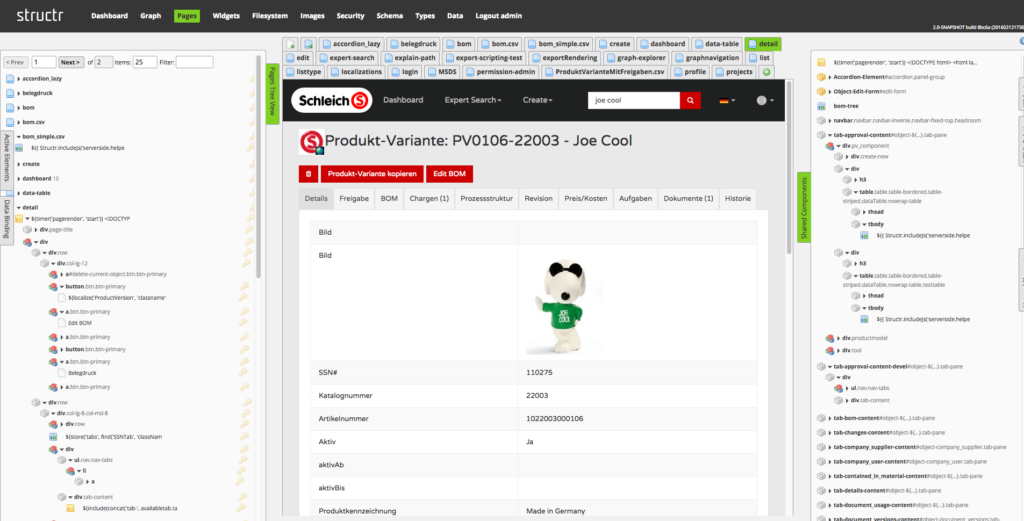

Structr Use Case
Founded in 1935 by Friedrich Schleich, the company is one of the largest toy manufacturers in Germany and a leading international supplier of original game concepts.
Today, the famous Schleich figurines made of plastic are sold in over 50 countries worldwide.
Originally focused on the development, production and distribution of comic figures, the product range has been expanded to include lifelike animal figures. Many game worlds followed, such as knights, indians or elves.
The design of the Schleich toy worlds, the manufacture of the production tools and the quality and safety tests are carried out in Germany. The production itself takes place at the company site in Schwäbisch Gmünd, Germany and at other locations worldwide.
Key Highlights
Key Highlights
In order to manage heterogeneous data across the entire value chain holistically and efficiently in one context, toy manufacturer Schleich was looking for a new, flexible solution for product data management (PDM).
Because of its good scalability and speed, the company relied on Graph Technology and Structr.
Already during product development, a semantic data model was set up across locations. Using specially tailored mini-apps, employees can access relevant data quickly and easily. Schleich thus reliably and efficiently meets the high quality requirements and country-specific security regulations.
The biggest challenge in this project was not only to migrate a central, business- critical application with gigabytes of production data to a completely new technology and system architecture, but also to clean up the data model and downsize it from almost 350 classes to less than 200 while designing and developing new applications with new functions and data interfaces.
Schleich has a large number of historically grown heterogeneous data structures. The toys are subject to strict legal guidelines and require extensive material management – from the first design of a toy figure to its production and distribution. The collection of data such as the individual parts of the toys, their quality standards and country-specific regulations, materials, production tools and ingredients is mandatory. Data from different systems (e.g. from component manufacturers or suppliers) and from different countries is integrated into the PDM system. Schleich employees use this complex data along the entire value chain for their work.
The PDM system used to date was developed by Schleich over several years and adapted to their needs. And although it already offered an integrated semantic network for product data, the generic user interface made handling the data difficult and administration tedious.
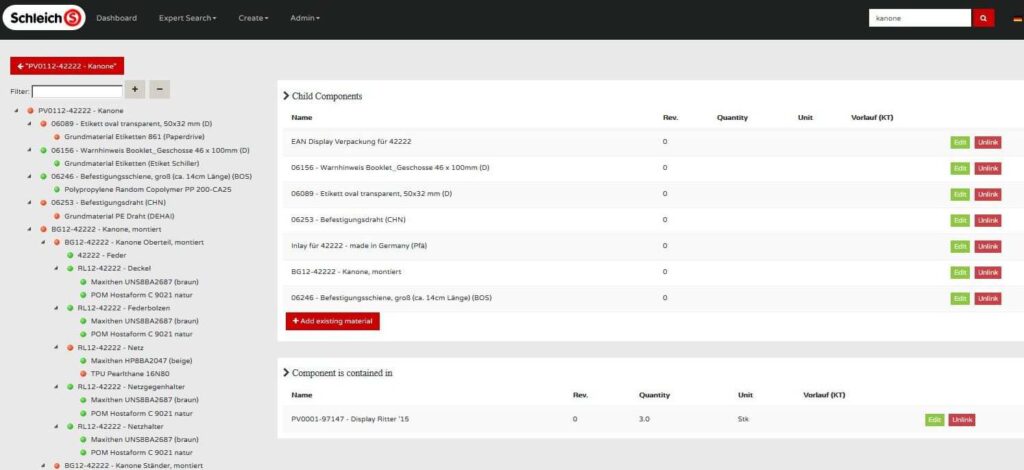
BIM (Building Information Modeling / Management): BIM is used to digitally model, combine and capture all relevant building data.
IFC (Industry Foundation Classes, DIN EN ISO 16739):
Denotes a primary, worldwide, open standard for data exchange in the construction industry. This includes the logical building structures (e.g. window opening – wall – floor – building), associated properties (attributes) and optional geometry.
The existing system no longer met the requirements for higher flexibility, performance and ease of use. Consequently one of the main tasks was to reduce the confusing data model, which had been taken over from the previous system and had grown over time, to a reasonable and clean new core model without losing functionality.
It soon became clear that the only way to access the data was to dump it completely in RDF/OWL format. Access was only possible by using the external user interfaces provided by the existing system. The goal was to put all data into a semantic context and to process it across companies.
“Especially in the toy sector, it is important to meet the highest quality and safety standards,” says Dr-Ing. Andreas Weber, Vice President Operations at Schleich. “Our employees should be able to access relevant data easily and quickly along the entire value chain. The transparent proof of compliance with all legal requirements is essential. Therefore the old data silos had to be successively replaced”.
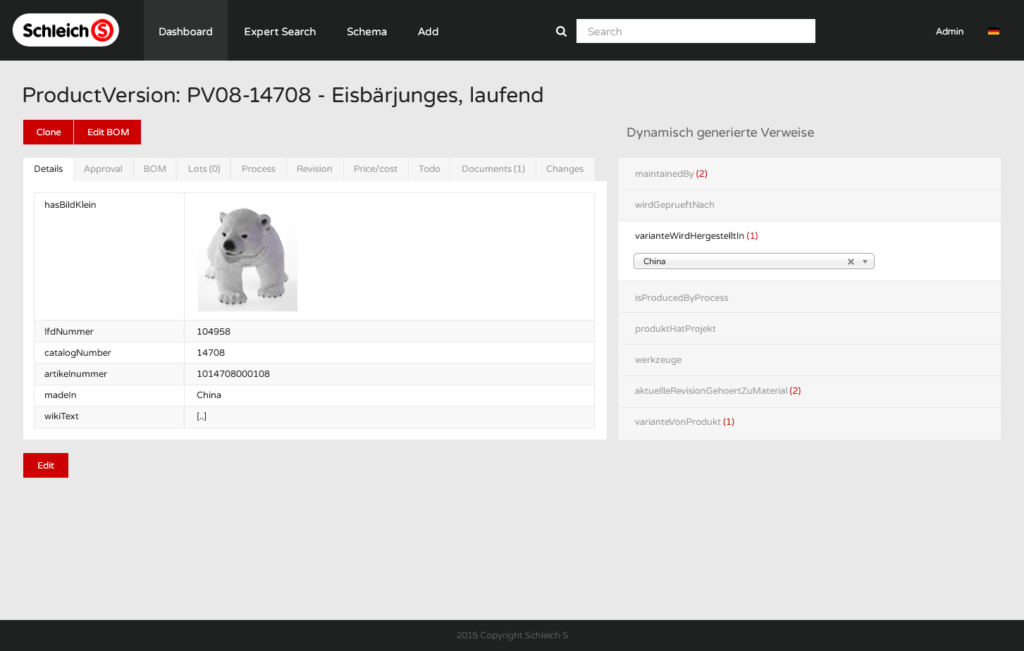
In order to develop a flexible, scalable system, Schleich opted for a new PDM system powered by the open-source, low-code software platform Structr and built on a graph database – a combination that drastically simplifies and accelerates the development of software solutions. User interfaces optimized for individual requirements can then be implemented in just a few days. Interfaces to other systems guarantee a high degree of integration.
With the very flexible software platform Structr, not only simple things like extending the data model with new attributes at runtime or adding new elements to the user interface can be realized in a very short time. New classes, relationships, and additional functionality can also be added, ranging from simple things like a new type to more complex revisions in the data model. In both cases, these types of change requests lead to highly complex changes at the technical level, such as changing class inheritance or migrating data from a simple attribute to a new complex type.
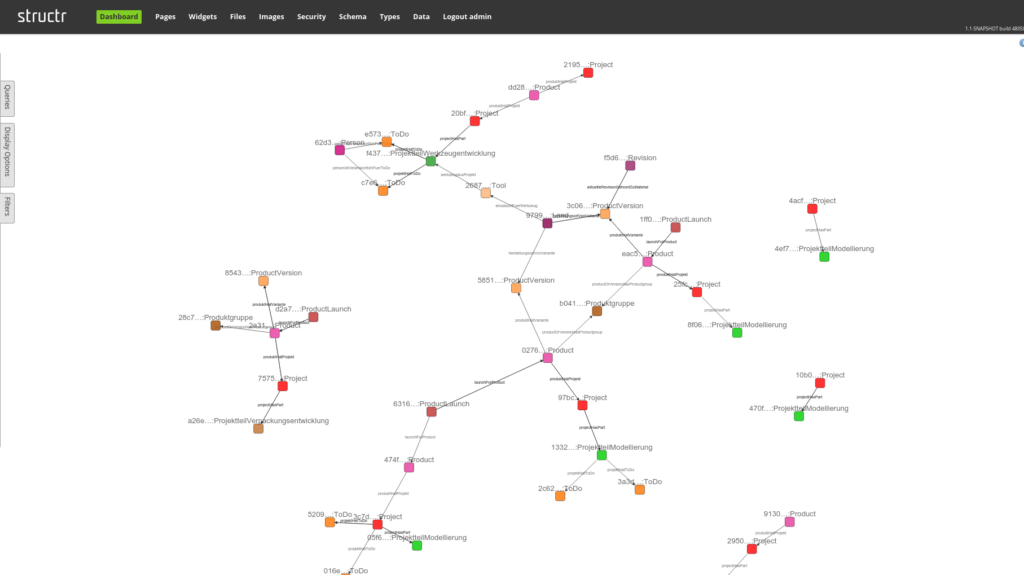
Structr also allows you to develop mini-apps specifically for the technical needs of employees. All data is hidden behind the respective apps and consolidated in the database. The mini-apps are tailored to user groups and differ, for example, in user interface and usability. Apps with flexible frontends for web and mobile devices can be created in no time. This is where the flexibility and speed of Graph Technology comes into play. The departments access the function modules via individual user interfaces and users can work in parallel in the systems in multi-user operation within the departments.
Testimonial Schleich GmbH
In addition to improved transparency in quality assurance and PDM, we can now plan and track all processes along the value chain much more effectively.
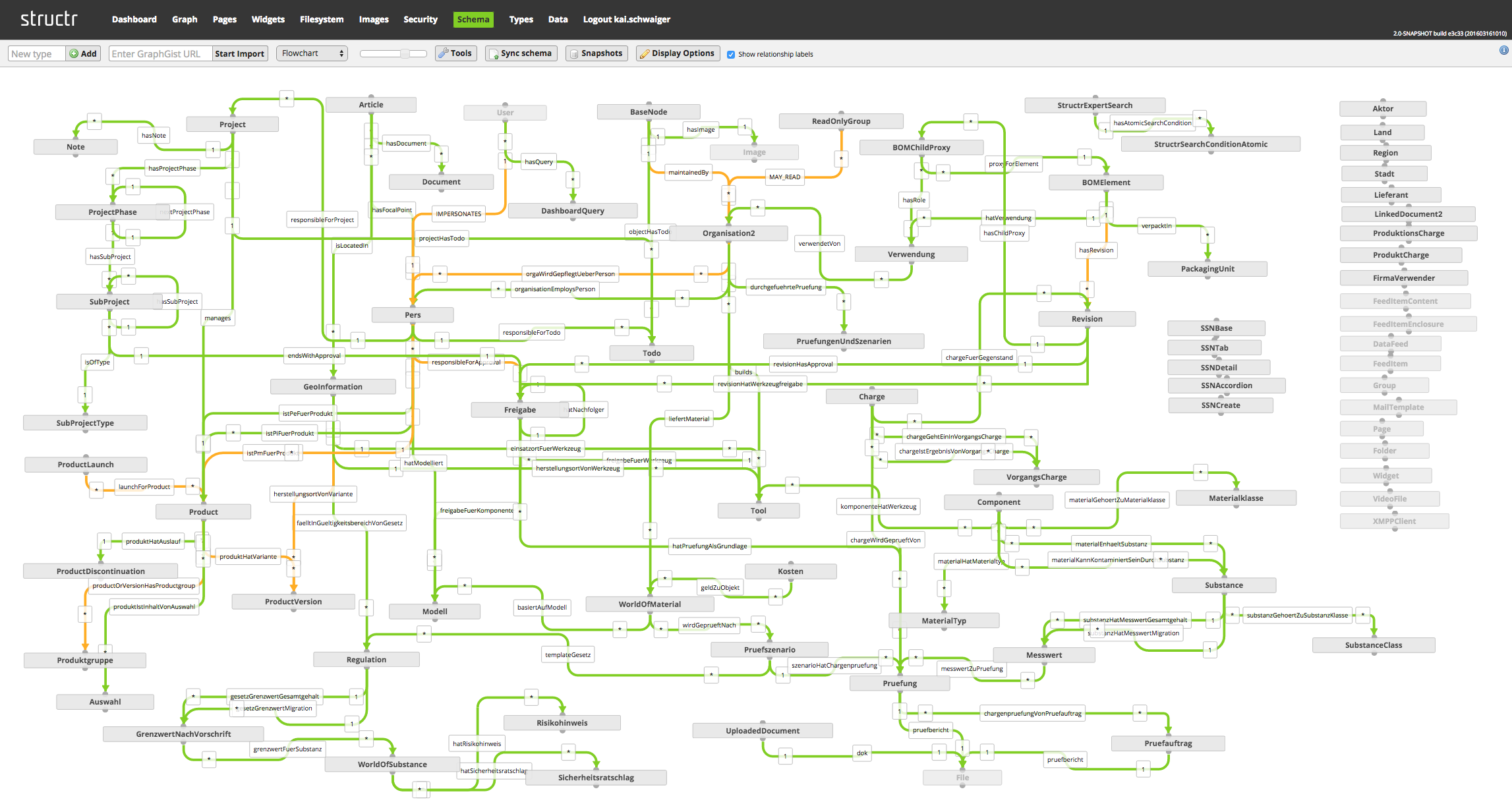
The project at Schleich was technically and conceptually demanding. The agile approach would not have been possible without a truly flexible software platform such as Structr and an enterprise-ready, schema-flexible graph database such as Neo4j.
Within only six months, the new PDM solution was implemented at Schleich and the entire data stock was migrated. “The availability of mini-apps as functional building blocks allows us to make much better use of the system,” says Weber. “And by using this approach we were able to greatly increase the system performance and to implement change requests and individual views of the data world much faster”.
For example, employees can use a parts list mini-app to obtain precise information about the raw materials used in the products. This enables them to check compliance with legal guidelines and adapt their designs if necessary. The entire value chain from raw material manufacturers, suppliers and in-house production can be clearly displayed and tracked, e.g. for materials management and compliance. In addition, legal changes can be quickly and easily checked for their effects.
Using predefined access rights in the mini-apps, external groups can view and edit relevant data. External laboratory operations can also import their data directly into the system in the medium term. The integration of externally available data sets, such as the SVHC list of the ECHA, is just as easy. The open system architecture allows the Structr platform to be integrated into the company’s heterogeneous system landscape.
The direct coupling of the new system to the SAP system introduced at Schleich at the time also made it possible to cover almost all PDM-specific requirements with the new platform. SAP remained very close to the standard and could be introduced site-specifically. With this, the toy manufacturer saved costs and reduced the complexity of its IT infrastructure.
Would you like to learn more about how Structr was used in this solution?
Get in touch with Structr
We are interested in the use of Structr

I’m looking forward to your inquiry!
Axel Morgner
CEO & CTO
Call 0800-STRUCTR
+49 800 / 78 78 287
Advantages
Feature-rich applications in minutes with the flexibility and speed of Graph technology
No-compromise back-ends and front-ends optimized for each role
Build real end-to-end solutions without any additional tools or services needed